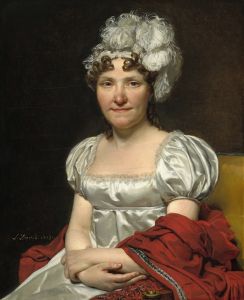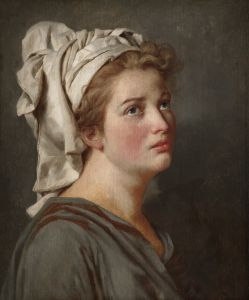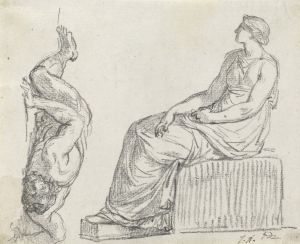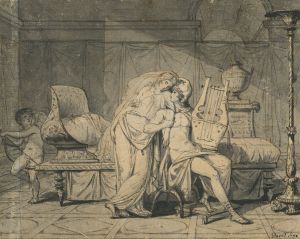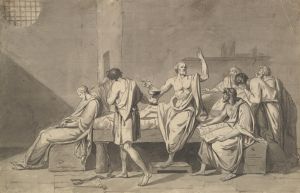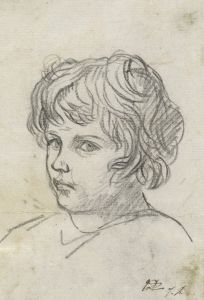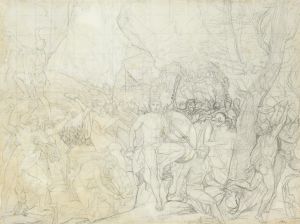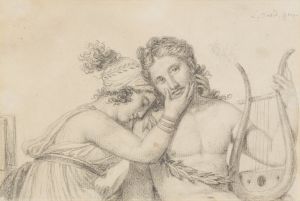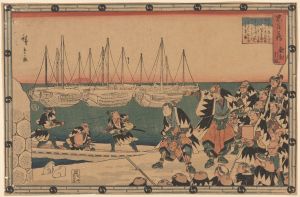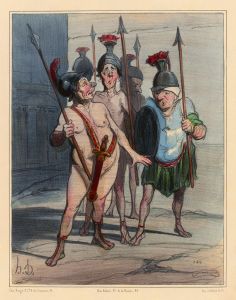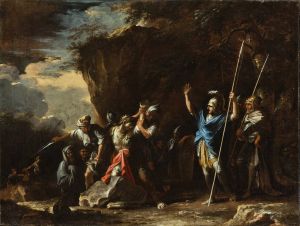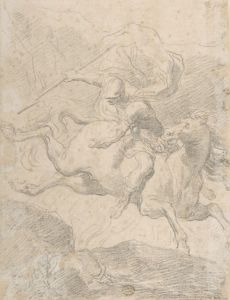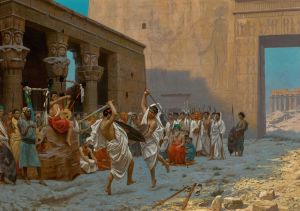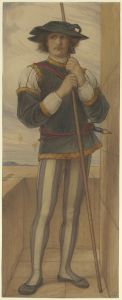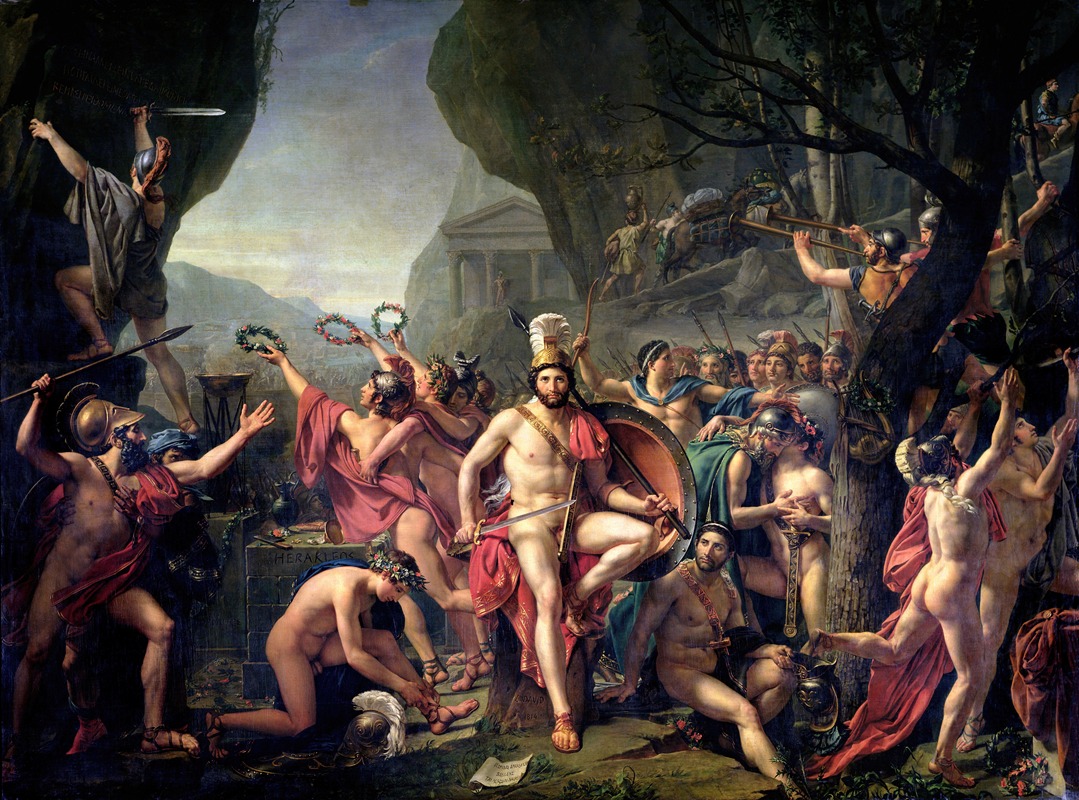
Leonidas At Thermopylae
A hand-painted replica of Jacques Louis David’s masterpiece Leonidas At Thermopylae, meticulously crafted by professional artists to capture the true essence of the original. Each piece is created with museum-quality canvas and rare mineral pigments, carefully painted by experienced artists with delicate brushstrokes and rich, layered colors to perfectly recreate the texture of the original artwork. Unlike machine-printed reproductions, this hand-painted version brings the painting to life, infused with the artist’s emotions and skill in every stroke. Whether for personal collection or home decoration, it instantly elevates the artistic atmosphere of any space.
"Leonidas at Thermopylae" is a painting by the renowned French artist Jacques-Louis David, completed in 1814. David, a leading figure in the Neoclassical movement, is known for his historical and mythological subjects, and this painting is a significant example of his work during the later period of his career.
The painting depicts the legendary Spartan king Leonidas I at the Battle of Thermopylae, a pivotal moment in ancient Greek history. This battle took place in 480 BC, during the Greco-Persian Wars, where a small Greek force led by King Leonidas and his 300 Spartans made a valiant stand against the much larger Persian army led by King Xerxes I. The Spartans, along with a few hundred other Greek allies, held the narrow pass at Thermopylae for three days, showcasing extraordinary bravery and tactical skill. Although ultimately defeated, their sacrifice became a symbol of courage and resistance against overwhelming odds.
David's painting captures the moment of Leonidas's resolve and readiness to sacrifice himself for the greater good of Greece. The composition is grand and dramatic, typical of David's style, and it reflects his mastery of classical themes and forms. Leonidas is depicted in the center of the canvas, exuding strength and determination. He is surrounded by his fellow warriors, who are preparing for the impending battle. The figures are rendered with meticulous attention to anatomical detail, a hallmark of Neoclassical art, which sought to revive the ideals of ancient Greek and Roman art.
The background of the painting features the rugged terrain of Thermopylae, emphasizing the strategic importance of the location. David uses a somber color palette, with deep shadows and highlights, to convey the gravity of the situation and the heroism of the Spartan warriors. The painting is not only a tribute to the historical event but also a reflection of the political climate of the time. Completed during the Napoleonic era, it can be seen as an allegory of resistance and patriotism, themes that resonated with the French public.
"Leonidas at Thermopylae" is housed in the Louvre Museum in Paris, where it remains an important piece of David's oeuvre. The painting is appreciated for its historical significance, artistic excellence, and the way it captures the spirit of heroism and sacrifice. David's work continues to be studied for its contribution to the Neoclassical movement and its influence on subsequent generations of artists.
In summary, Jacques-Louis David's "Leonidas at Thermopylae" is a masterful representation of a key historical event, embodying the ideals of courage and sacrifice through the lens of Neoclassical art. The painting remains a testament to David's skill as an artist and his ability to convey powerful narratives through his work.





